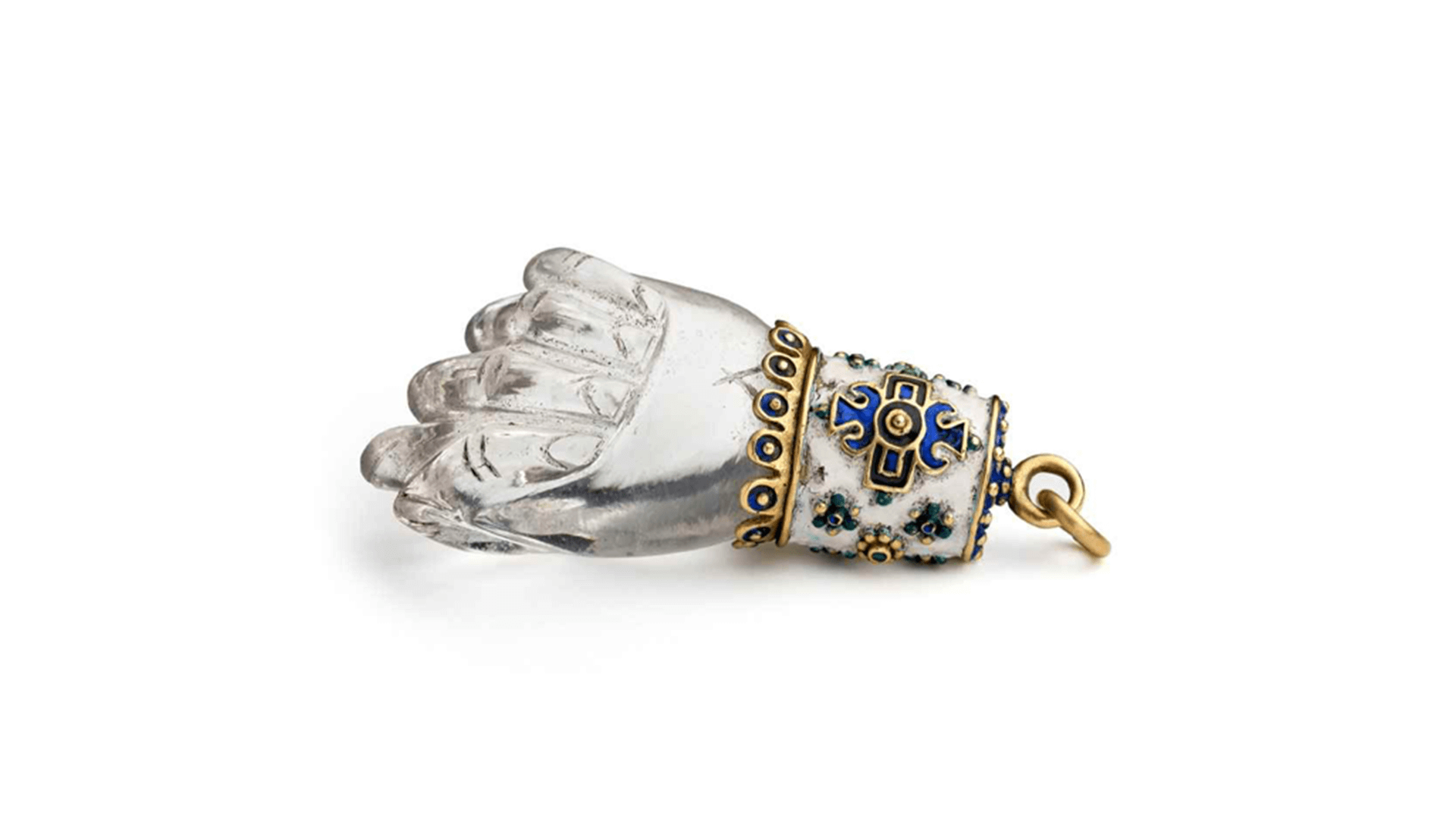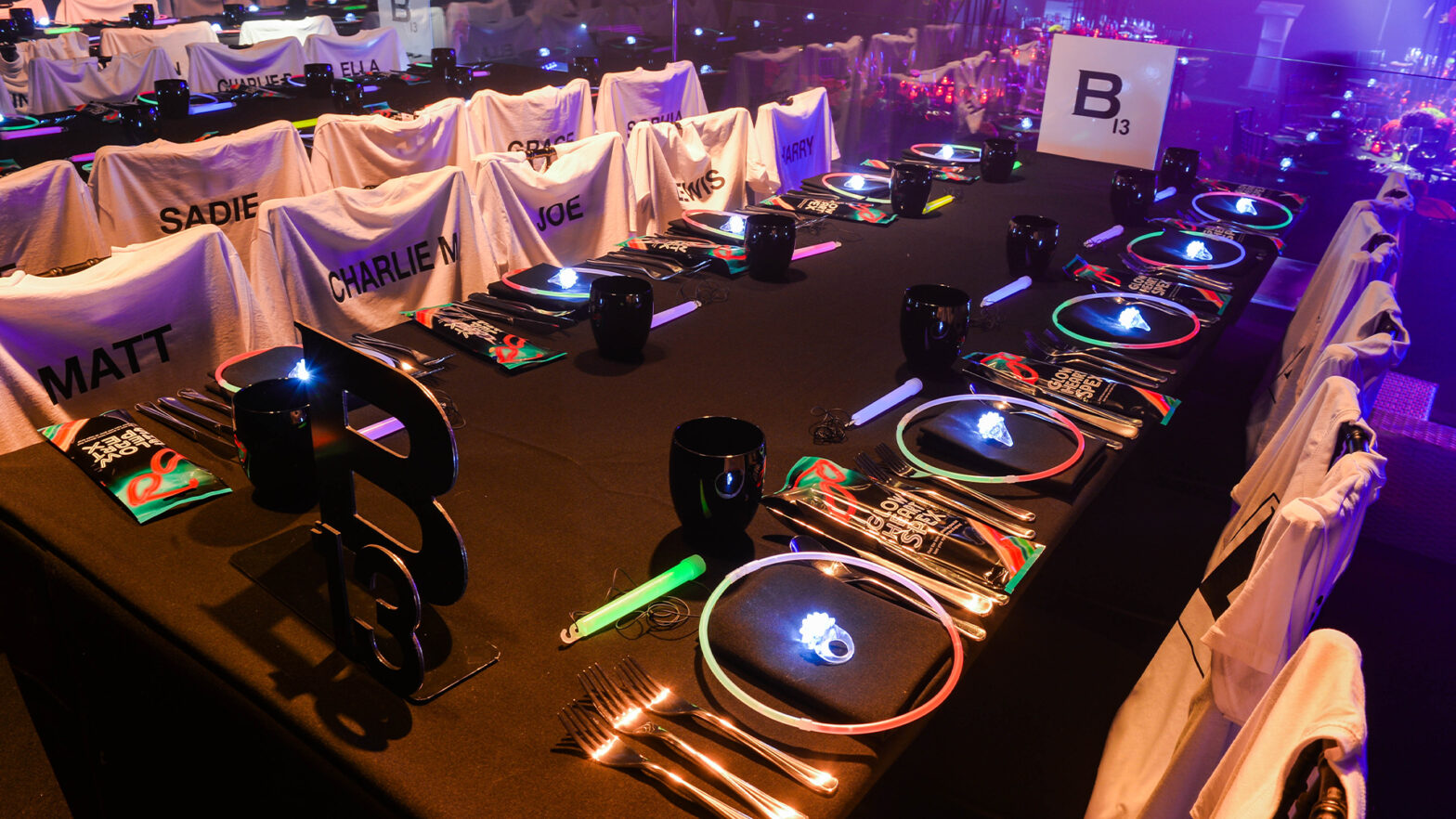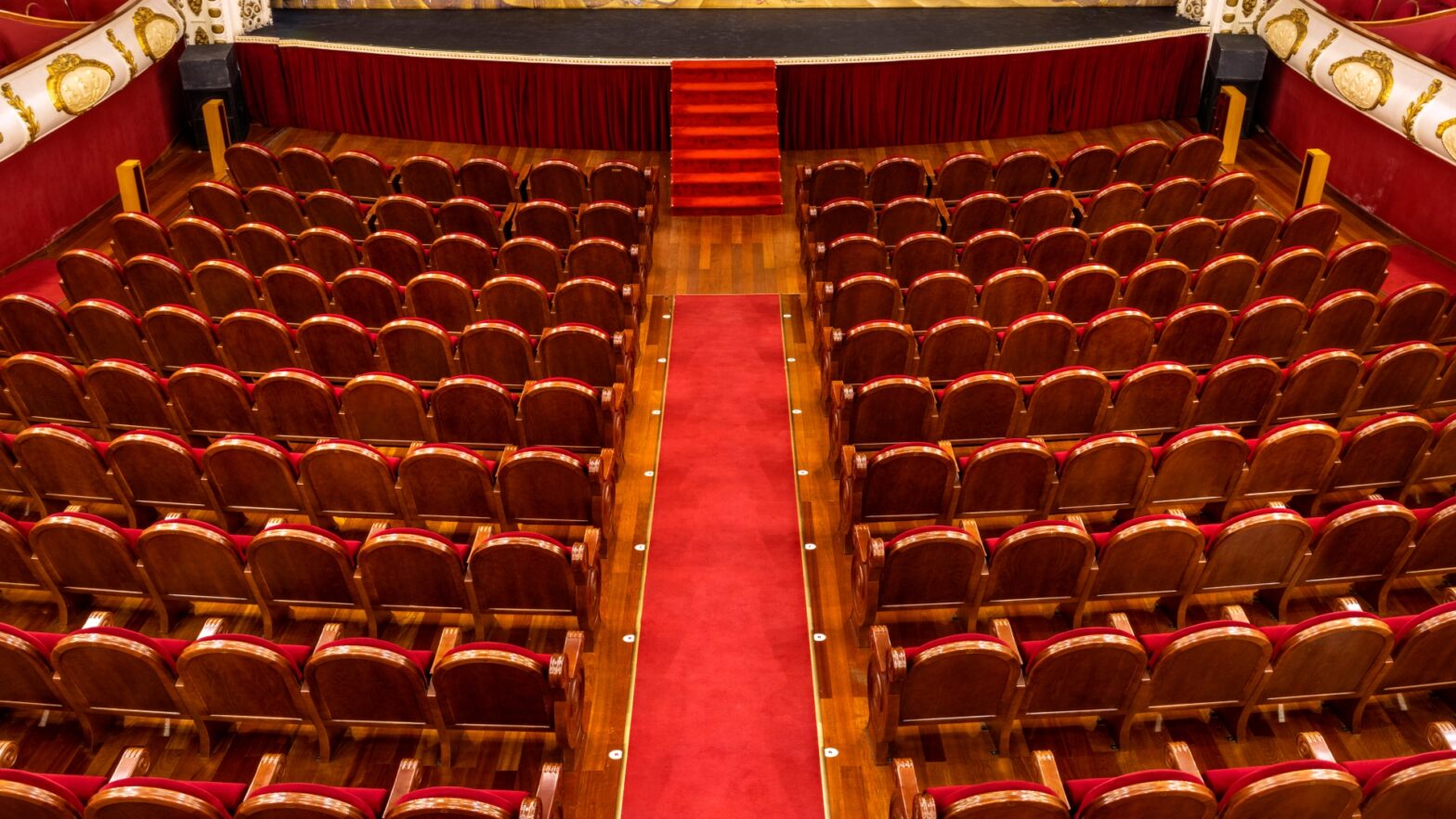Wartski at Masterpiece London
This summer, from 28 June – 4 July 2018, antique jewellery specialists Wartski will be
exhibiting at Masterpiece London (stand C1), in The Royal Hospital Chelsea.
Notable pieces include a 17th century Iberian carved rock crystal and enamelled
talisman (pictured above). This clenched hand, with the thumb protruding between the
first and second fingers, is a potent symbol from the ancient world. It was worn as a
powerful amulet to promote fertility and to protect its wearer from the evil eye– dark
and magical forces. Rock crystal was considered to have powerful prophylactic
properties. It was believed that when dipped into a liquid, it would neutralise any
poisons which might be present and confer healing properties on the solution. The figa
would have been worn from a belt or from a chatelaine containing other talismans.
The hand is mounted beneath an elaborate enamelled yellow gold cuff in palette of
white and blue, topped with a suspension loop.
A beautiful aquamarine and diamond necklace by Carl Fabergé, circa 1900, will also be
on offer from Wartski at Masterpiece London. The necklace is formed of three
diamond-set interlocking circles, through which the fine platinum chain is passed,
suspending two faceted aquamarine drops, each from a diamond-set circle motif.

Further highlights include a striking solid gold Mellillo bracelet, consisting of seven
square hinged plaques with two semi-circular panels, each decorated with intricate
Etruscan style motifs and abstract designs. The reverse of each panel is decorated with
stylised wirework flowers with four elongated petals which extend to the corners. The
central plaque applied to the reverse with a gold plate is inscribed:“ Executed by
Eduardo Melillo Under the Direction of Giacinto Melillo, Napoli, Marzo 1899.” Signed:
‘GM’ for Giacinto Melillo, Naples, circa 1890. The design for this bracelet derived from
jewels in the Campana collection, purchased by Napoleon III in 1860-61 for the French
state. The collection contains three bracelets adapted from Etruscan gold elements
which are similarly decorated with granulation and wirework. These distinctive jewels
were illustrated in a catalogue published by the Louvre in 1862. In the same year,
Castellani exhibited a bracelet at the International Exhibition in London which was
inspired by these Etruscan ornaments.




















